Steyr
Government
Mayor : Gerald Hackl (SPÖ)
Area
Total : 26.56 km2
Elevation : 310 m
Population (1 January 2014 )
Total : 38,120
Density : 1,400/km2
Time zone CET (UTC+1)
Summer (DST) : CEST (UTC+2)
Postal code : 4400

@ image owned by Kmytzu
It`s located in Austria federal state of Upper Austria and it is a statutory city .Steyr is the 3rd largest town in Upper Austria .The city has two rivers Steyr and Enns following through it and meeting near the town center beneath Lamberg Castle and St. Michael`s Church.
This prominent location has made it prone to severe flooding through the centuries until the present, one of the worst cases being recently in August 2002. To the south of the town rises a series of hills that climb in altitude and stretch out to the Upper Austria Prealps. To the north, the hills roll downward towards the confluence of the Enns with the Danube River, where the town of Enns is situated. In the east, the municipal area borders with Lower Austria.
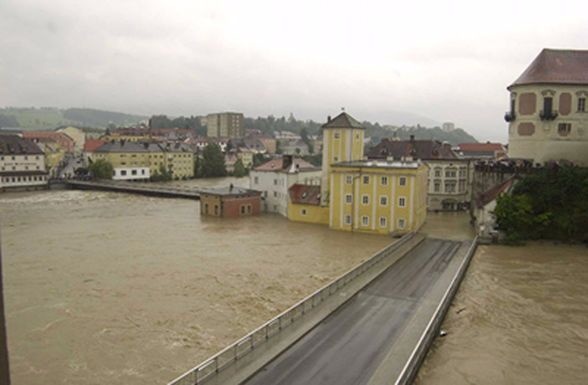
(image source : google.com)
@video from 2013
Steyr is an ancient town with modern amenities, marketing its rich cultural and architectural heritage in tourism like Vienna and many other well preserved Austrian historic towns. It marked its 1,000th anniversary in 1980, after undergoing extensive restoration of its historic architecture which has made it one of the best preserved old towns in the country. The famous historic town centre built around the Stadtplatz (town square) was largely restored following World War II. Its best-known piece of architecture is called the Bummerlhaus which is considered one of the finest examples of Gothic architecture for its size in Central Europe.
The city comprises the cadastral communities of Christkindl, Föhrenschacherl, Gleink, Hinterberg, Jägerberg, Sarning, Stein, and Steyr.
Wallfahrtskirche Christkindl
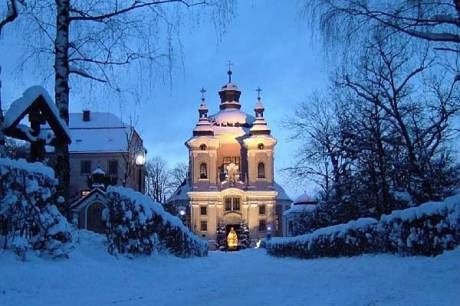
(image source : google.com)

(image source : google.com)
Steyr Valley Railway - Steyrtalbahn
The Steyr Valley Railway was a 760 mm (2 ft 5 15⁄16 in) narrow gauge railway in Upper Austria, which ran along the valley of the River Steyr from Garsten through Steyr, Grünburg and Molln to Klaus, with a branchline to Sierning and Bad Hall. A section of the line has been retained as a museum railway.
The main industries of the Steyr valley were forestry and metalworking. Timber obtained in the area was of a quality useful only for building and firewood or for the charcoal or paper production. Road transport was too expensive, and rail transport was required so the timber could be harvested profitably.
In 1868 the Rudolf Railway (Rudolfsbahn) connected the city of Steyr to the railway network. By 1887 the Krems Valley Railway (Kremstalbahn) reached Bad Hall and Klaus. In 1888 Josef Ritter von Wenusch received a concession for a narrow-gauge railway from Garsten to Grünburg, with a possible extension to Klaus. In the same year the Steyr Valley Railway Company (Steyrtalbahn AG) was created and started building the railway.
1889 saw the opening of the railway to Grünburg, one year later the line was extended to Agonitz. The extension of the line to Klaus was opposed by the Krems Valley Railway Company (Kremstalbahn AG), who were afraid of losing a part their traffic to the Steyr Valley Railway. The Steyrtalbahn therefore concentrated on building the branch line from Pergern to Bad Hall, which was opened 1891.
After the nationalization of the Krems Valley Railway Company in 1902, the extension of the line to Klaus was again taken up. Construction commenced in 1908 and the extension opened in 1909. Thus the Steyr Valley network achieved its largest expansion (55 km).
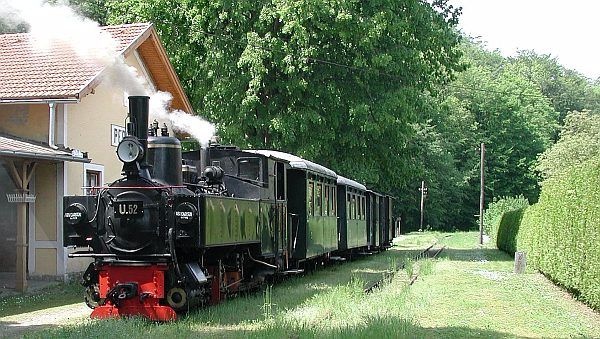
(images source : google.com)
History of Steyr
Celts settled the area from about 600 BC, the name of the Stiria River is of Celtic origin. Their kingdom of Noricum became part of the Roman Empire in 15 BC. A settlement named Gesodunum noted by the ancient geographer Claudius Ptolemy (c. 90 – c. 168) was possibly located in the Steyr region. Here the Roman "Iron Road" led from the Erzberg minealong the Enns River to the castra of Lauriacum (at present-day Enns) on the Danube.
In the 6th century, Bavarian settlers moved into the area, which Duke Tassilo III of Bavaria granted to nearby Kremsmünster Abbey in 777. During the Hungarian invasions of Europe, a fortress was erected above the Steyr River by the local Traungau counts, first mentioned as Styraburg in a 980 deed. From 1055 Steyr Castle in the Bavarian Traungau as well as the adjacent "March of Styria" were ruled by the mighty Otakar dynasty. The Otokars controlled the iron mining at Erzberg and made their residence at Steyr a centre of medieval courtly culture and Middle High German poetry. In 1180 Emperor Frederick Barbarossa elevated Margrave Ottokar IV to a Duke of Styria; however, the line became extinct upon his death in 1192 and, according to the 1186 Georgenberg Pact, his Styrian lands fell to the Babenberg dukes of Austria.
Steyr, already named a town (urbs) by then, lost its importance as a ducal residence but retained its status as a centre of ironworking. The Babenberg rulers promoted its economic development as a site of blacksmithing, mainly knife making and armament industry. After the extinction of the Babenbergs in 1246, Steyr together with the Duchy of Austria was occupied by the Přemyslid king Ottokar II of Bohemiaand finally taken over by the Habsburg king Rudolf I of Germany upon his victory at the 1278 Battle on the Marchfeld. The town privileges and market rights were confirmed by Rudolf's son King Albert I in 1287 and the citizens further on benefitted of Steyr's preferred position within the iron trade all over the Holy Roman Empire and especially with the Republic of Venice.
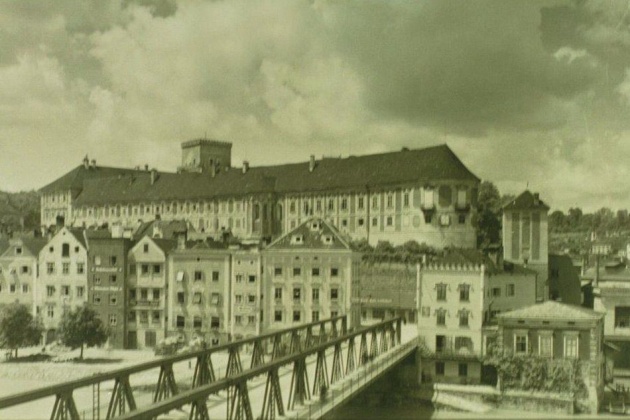
(image source : google.com)
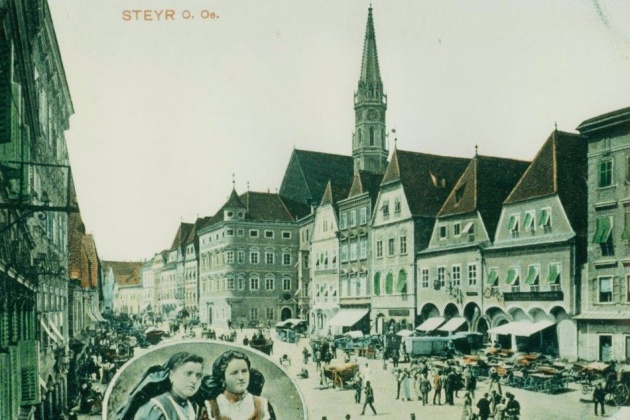
(image source : google.com)
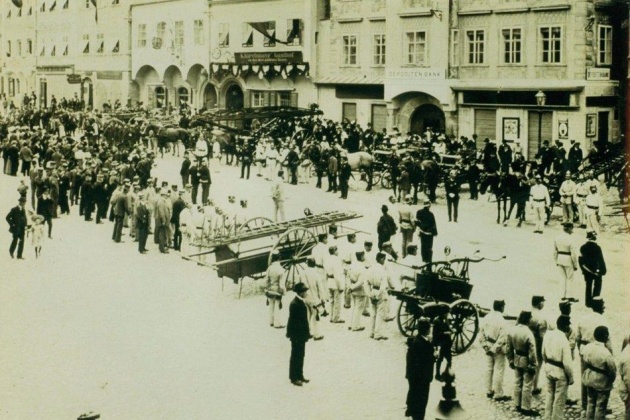
(image source : google.com)
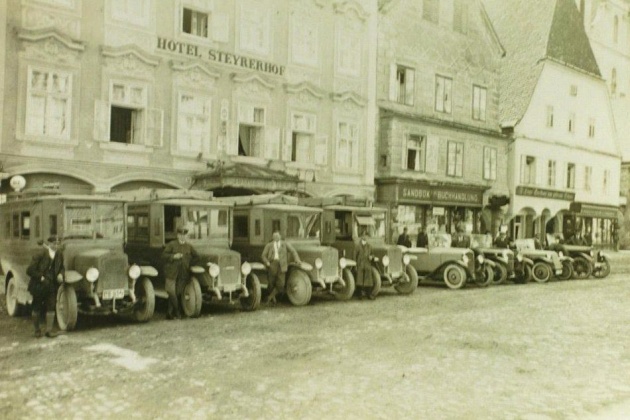
(image source : google.com)
Quote by Kmytzu ” I will add some pictures captured by me along the time i`ve been living in Steyr. It`s the best place and i can call it home . ”

image made by @Kmytzu
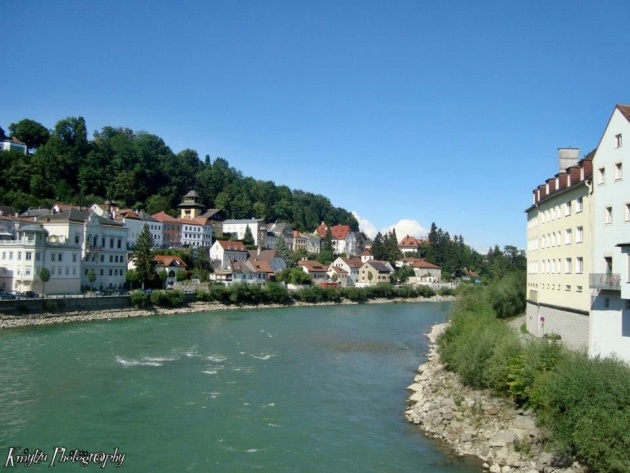
image made by @Kmytzu

image made by @Kmytzu
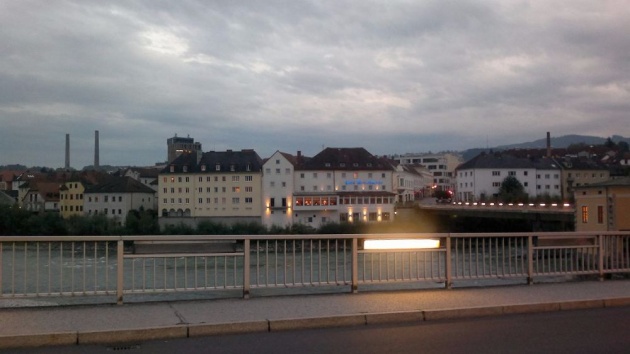
image made by @Kmytzu
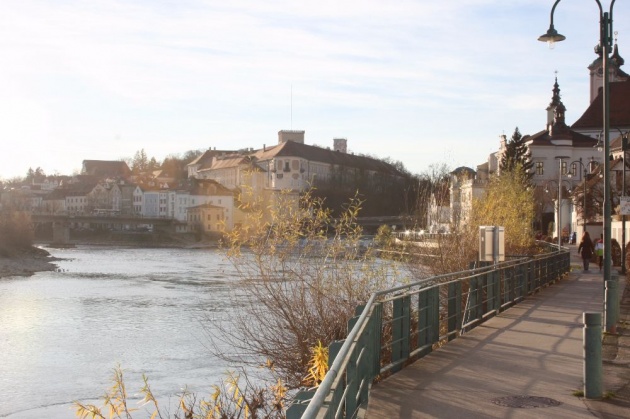
image made by @Sammy (friend of mine)
video made by @Zorro (my husband)
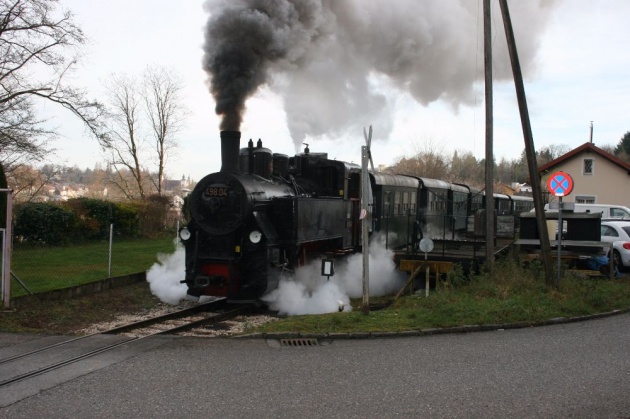
image made by @Sammy (friend of mine)



